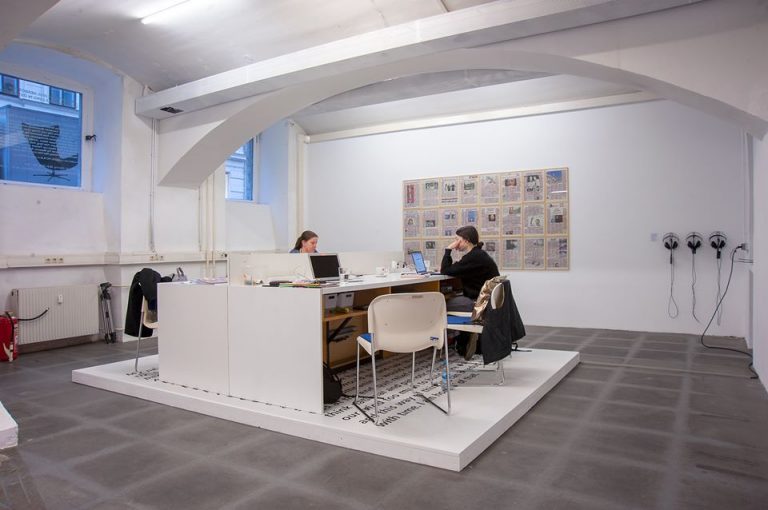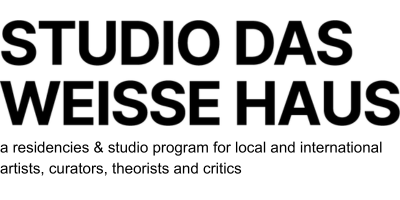Weekly Conversations… with Yoshinori Niwa

Yoshinori Niwa is a Japanese artist living and working in Vienna since 2016. He graduated from Tama Art University in the department of Moving Images and Performing Arts in 2005. His work has been exhibited internationally and is included in international exhibitions.
Seeing your solo exhibition „AB 1. OKTOBER 2017: VERBOT DER GESICHTSVERHÜLLUNG IN ÖSTERREICH“, I was thinking about how both Austria and Japan are being exposed as entities producing power in different ways, manifesting as borders, laws, authority. As a Japanese person living in Austria, what does nationality mean to you?
Nationality such as group identity is “religious”: a belief system made by an arbitrary grouping that only exists conceptually in your mind. It’s equivalent to the “Imagined Communities” and a system of government that Benedict Anderson or Karl Marx depicted. I think the concept of nationality originally came from the concept of the nation-state that is a single political and geopolitical entity by a single cultural and ethnic entity. However, nowadays, populist politicians intentionally manipulate people by using the feeling of fear towards other people who look different from “you”, and engage people with unnecessary conflict. I am living in the time that I am defined because my parents are Japanese under the current Japanese nationality law applying Jus sanguinis “right of blood”. I believe my parents are Japanese because my grandparents are Japanese. However, I have a question here. Who became a Japanese nationality holder in the first place in my family tree? So quick conclusion, I am not Japanese, but I am temporarily defined as Japanese in this society. But of course, I need a resident permit to stay here in Austria as a Japanese person, because in reality, I am defined as a foreigner, which makes me think a lot and annoyed. The exhibition is reflecting the current political condition and an imaginary group of community.
You’ve explored the history of communism, and your work „Withdrawing Adolf Hitler from a Private Space“ outside of das weisse haus proposes a way of dealing with history. What role plays history in your artistic practice?
I have been thinking about the gap between the image of the nation-state and the reality of people’s lives within it for a couple of years.
For example, in the previous project “Looking for Vladimir Lenin at Moscow Apartments” (2012) and the project “Withdrawing Adolf Hitler from a Private Space” (2018), I was thinking that even though the Soviet Union or Nazi Germany have collapsed and the political system has been democratized, many reminders of the past remain present in the minds of the citizens as well as in the material world, such as the Lenin statues in public spaces. This is why the authorities normally remove all such monuments from the public space, and clean up the past’s legacy. However I had wondered whether many people still retained such materials in their private space secretly or unconsciously, or as a family memory which I found an interesting phenomenon. This means that we are living on the sediments of history.
I always wonder how a ”time-specific” reaction to history is possible in my practice, which is a sort of responsibility. Meanwhile, some say “you are Japanese”, and it has nothing to do with you because it’s “Austrian” history and communism history. But I would answer to this: “Who does this history belong to?”— this is a question of the starting point of my practice concerning history to re-interpret our identity.
Your works are connected to public space – your new video work „Immigrants Are Guarding This Country“ shows former refugees and asylum seekers living in Austria take on the role of authorities who guard the country, walking around Stephansplatz. In your opinion, in which ways do disruptions in public space form a counter-movement to social systems?
Refugees and asylum seekers who come to Austria have been a target of monitoring by the authority. So I invited people who have refugee background to this project, I reverse this condition from them being monitored to them watching/protecting Austria while the city is portrayed from an external perspective, exploring the possibilities of a multi-directional society. It was a sort of workshop-style to activate the imagination for the external entity.
